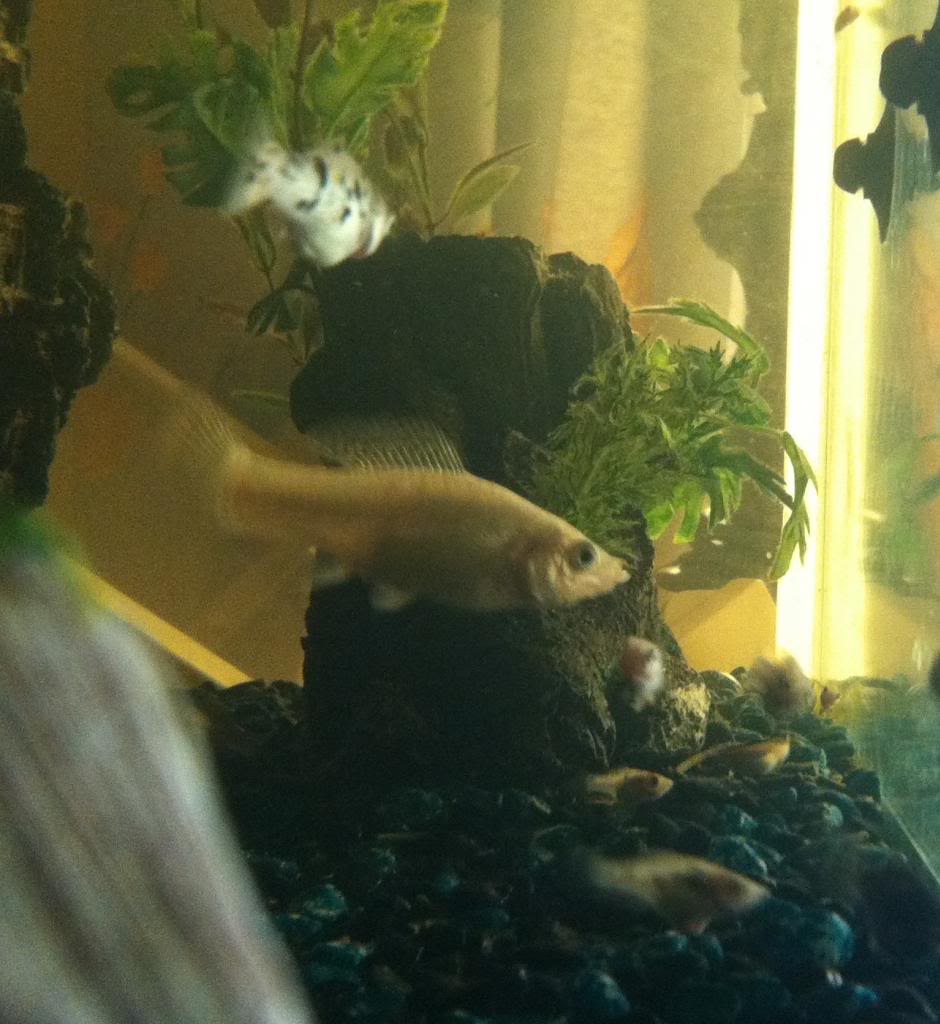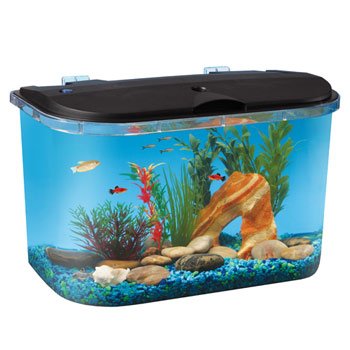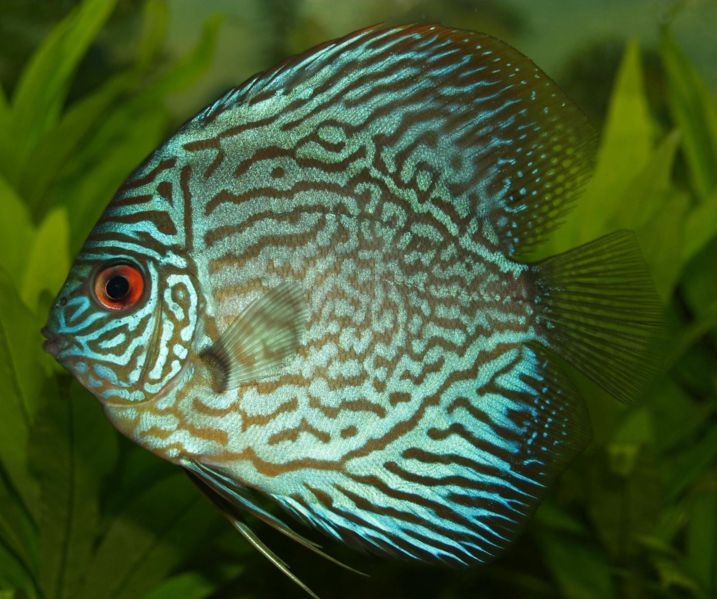
Some people are against owning mollies because they feel that mollies are more susceptible to some illnesses. One is ick, but there are a few others. However, you can take care of your mollies in a way that can help to avoid common illnesses.
Temperatures.
While it doesn't always help to keep mollies at higher temperatures there is a possibility that it will indeed make some difference. Many mollies are hardy and they are able to thrive in lower temperatures. However, if you keep your fish with a heater that will make a lot of difference because it will keep the water at a constant temperature. It is also a good thing to keep it above 76 degrees. You shouldn't set itself higher than 82 degrees.
Water Quality.
While you can't always control your water quality your molly fish will have a better immune system if they have good water. You should make sure that your tank isn't overstocked. An overstocked tank will have spikes in ammonia and in nitrites which can cause a lot of harm to your fish. As a rule of thumb you should aim for one inch of fish per gallon of water. There are a few exceptions, but you don't want to get a whole lot higher than that because you are likely to overstock when you do.
You should also be doing frequent water changes. In most cases this is at least a 25% water change once a week. However, it is often necessary for more frequent water changes to happen. If you are going to be breeding them you should do a water change of 10-20% daily or every other day.
Make sure that you are testing your water. This will help you identify problems before they begin and that can make a huge difference in the health of your fish. It is often best to buy an actual kit to preform the water testing though test stripes can give you an idea of what your problems are without being near as accurate.
Salt.
While mollies don't have to have salt to survive, it does make a huge difference in their ability to fight off illness. This is especially true of ick which has a hard time surviving in salt water. However, if you choose to add salt to the water you need to make sure that the other tank members that are in the aquarium can survive with salt in their water. Most can handle a little salt for a short period of time, so if you think that your fish is getting sick it may help to add a bit of salt. However, you don't want to keep fish in an aquarium with salt for any amount of time if they aren't able to handle it. If you do you may see them pass away. Fish that struggle with salt in their water include tetras, plecos, corydora catfish, and bettas. However, this isn't a complete list!
Mollies often thrive in a brackish water tank as well. Here you add actual marine salt to a percentage of the level of sea water (25-50% usually). You can maintain a brackish water tank with many interesting fish and invertebrates as well. Consider the dragon goby (check out The Dragon Goby for more information) and other brackish water fish (Brackish Water Fish) and Invertebrates (Brackish Water Invertebrates). For complete directions check out the article Setting Up a Brackish Water Tank.
In addition to being able to be kept in a brackish water tank, mollies will do well in a marine tank as well. They are often peaceful with marine fish and invertebrates and will thrive in the salt water.
Foods.
Food is often a problem for many fish because most people only feed a simple cheap flake food. For mollies this is very important because most general "tropical fish" flakes have way too much meet and not enough vegetable product to offer a balanced diet for the fish. You should let algae grow in your tank so that your fish can munch on it. You should also offer algae flakes or pellets and fresh foods. Many mollies enjoy fresh cucumber, blanched carrots, blanched and fresh zucchini, blanched or canned spinach, and even canned green beans. Offer a variety and figure out the foods that your mollies enjoy. You should leave these vegetables in there for 24 hours and then you should remove any food that hasn't been eaten. See Tips For Feeding Your Fish a Well Rounded Diet for more information.
Male and Female Ratios.
Your female mollies may get very stressed out if you have too many males in the group. It is best if you have at least three females to every male. You should slowly grow your group. Add new fish sparingly to make sure that you are knowledgeable about the personality of the fish in your group. If you have one or more males that are particularly aggressive and pressure the females a lot then it is best to have more females. This ratio will remove stress. A stressed out molly will have a lowered immune system and will be more susceptible to diseases. Therefore it is a good idea to make sure that you keep the atmosphere of your tank peaceful.
Heading Off Aggression.
Most mollies are very peaceful fish among their own kind. However, some are pushier and downright mean. To change up how they act you should consider removing aggressive fish for a day or two. Move the decorations around and let the group settle in. When you add the aggressive fish back in you are less likely to deal with any aggression from them. When mollies are aggressive toward one another they can nip fins and this can cause additional problems (such as fin rot) when not dealt with. Aggression also causes stress to other tank members.
Mollies are beautiful fish that come in a huge variety of colors, fin shapes, and even body shapes. They can make great members of community tank when care is taken to choose the best tank mates possible (see Mollies: Great Tank Mates for more information). You will enjoy these fish for years to come when you take care to meet their needs and head off illnesses.
 Why are there so Many More Shark Attacks?
In 2004 16 year old, J.P And
Why are there so Many More Shark Attacks?
In 2004 16 year old, J.P And
 Breeding Tropical Fish
Credit: Alana R
Breeding Tropical Fish
Credit: Alana R
 How to Take Care of The Baby Betta Fish
How to Take Care of The Baby Betta Fish
How to Take Care of The Baby Betta Fish
How to Take Care of The Baby Betta Fish
 Tips for Maintaining a Freshwater Aquarium
Here are a few tips for main
Tips for Maintaining a Freshwater Aquarium
Here are a few tips for main
 What to Do About Bully Fish in an Aquarium?
What to Do About Bully Fish in an Aquarium?
What to Do About Bully Fish in an Aquarium?
What to Do About Bully Fish in an Aquarium?
Copyright © 2005-2016 Pet Information All Rights Reserved
Contact us: www162date@outlook.com